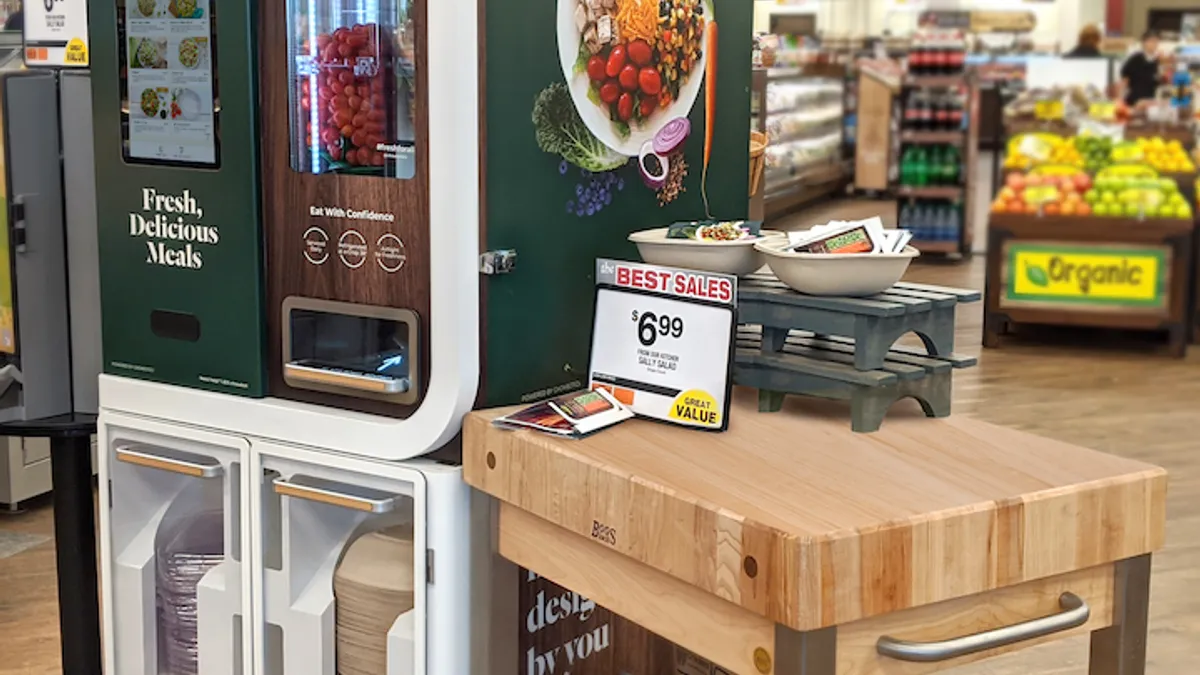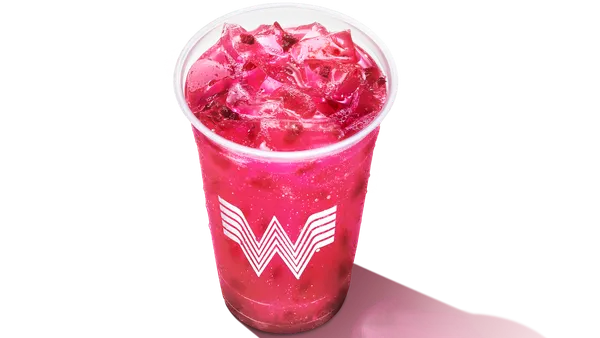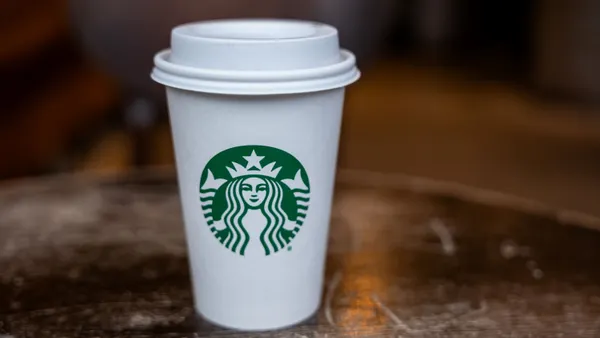Dive Brief:
- Saladworks, a create-your-own salad concept with over 100 locations, plans to expand its footprint into nontraditional locations like hospitals, universities and grocery stores through its partnership with Chowbotics, the companies announced last week.
- Saladworks will leverage Chowbotics' robot, Sally, which uses its technology to assemble customizable salads from 22 sealed ingredients from a 9-square-foot refrigerated machine with a touchscreen interface. It only accepts credit cards and mobile payments.
- Chowbotics has already deployed more than 100 robots that have served over 185,000 meals since its 2017 debut.
Dive Insight:
Saladworks anticipates a major growth opportunity with Sally, targeting nontraditional locations. According to KioskMarketplace, Sally will help build up the chain’s non-traditional accounts from about 20% to 40%. These robots will be serviced from a brick-and-mortar Saladworks and monitored remotely so workers know when machines need to be restocked. The company plans to build a kitchen commissary once there are 10 machines in an area.
On paper, this expansion plan seems ideal in this environment. Salad bar concepts have had a rough go of it during this pandemic, with many closing for good.
Also, targeting locations like universities that have been deeply impacted by COVID-19 could expedite recovery in those locations. Still, while many colleges returned to campus for the fall semester, some are going back to remote learning with increased rates of COVID-19 infections creating hot spots. This means the return on investment could take a little longer. But consumer behavior could be permanently altered by this crisis, and a robot preparing food using sealed ingredients, rather than a human employee doing the work, is likely to appeal to safety-conscious consumers long after the pandemic subsides.
While universities remain a challenging restaurant environment, these robots could greatly benefit in grocery stores, which have had to remove self-service stations. The technology could also help hospitals, especially those with cafeterias that close in the early afternoon. Sally robots cost about $35,000 — a fraction of the cost of opening a new restaurant — and they only need to sell about seven bowls a day to break even, according to The Spoon. These robots in some hospitals are selling about 65 to 70 bowls a day and typically have sustained sales throughout the day and into the night, especially during shift changes. These stations can also help increase brand awareness.
Saladworks isn't the first brand to experiment with a kiosk-type system for foodservice delivery, or a robot for that matter. Salad Station first installed Sally last year. Caliburger deployed Flippy the robot in 2018, and now White Castle is testing the technology. That was pre-pandemic, however, and things are decidedly different now. The restaurant kiosk market is expected to grow considerably through 2026 in response to the COVID-19. The global food robotics market was expected to grow at a CAGR of 12.7% between 2019 and 2025 prior to the crisis, and that expansion could be faster now. With those forecasts, more restaurants could invest in robotics technology to save on labor and cater to germ-wary consumers.














